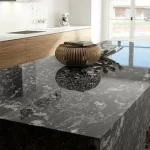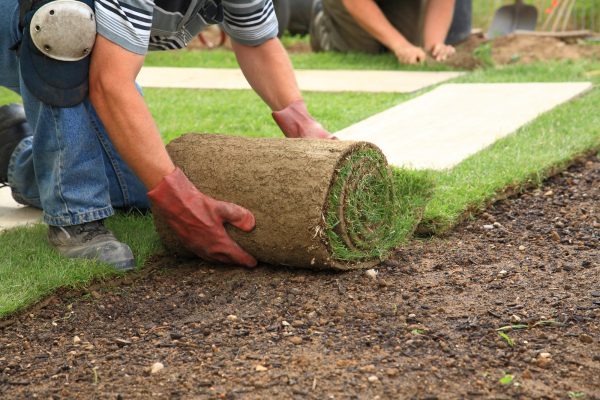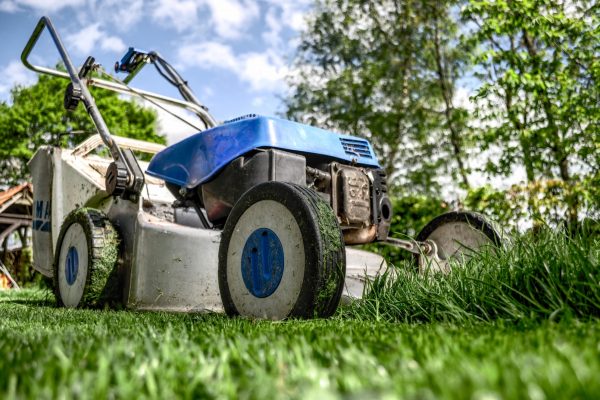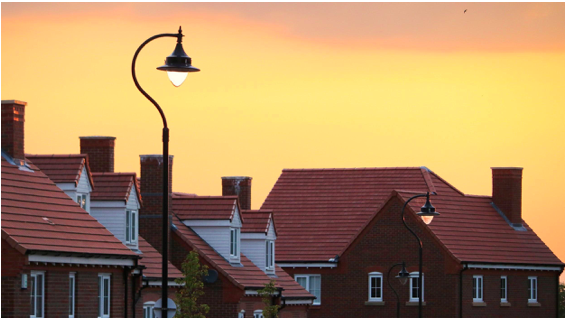Summer’s just around the corner, which means your swimming pool is about to be the most popular spot in your home. Even your neighbors are waiting for your first pool party.
It also means it’s time to start kicking your swimming pool maintenance routine into high gear. If you don’t, the appearance of your pool will deteriorate fast.
In addition to keeping things looking great, regular maintenance helps preserve the structural integrity of your pool. It also ensures the water is safe to swim in.
If you need a refresher on how to maintain a pool, keep reading. We’re going over some essential tips.
Table of Contents
Regular Skimming
Things like dead leaves, pesky insects, and other debris will inevitably get into your pool. If ignored, they’ll either sink to the bottom or get caught in the strainer baskets.
That’s why it’s important to skim the surface of your pool on a regular basis. This is the easiest way to keep your pool looking good and prevent having to do more intensive cleaning.
You can either use a long net or smaller hand skimmer to get the job done. If you do this at least every other day, it shouldn’t take more than 15 minutes.
In addition to removing all unwanted debris, skimming will also help the circulation. Healthy circulation reduces the amount of chlorine a pool requires.
Remember to also clean out the strainer baskets when you skim. You should also spray them out to ensure all debris or buildup comes out.
Pump Filter Maintenance
If the filter on your pump gets clogged, your pump could end up overheating and breaking down. That’s why you need to make sure and service the filter from time to time.
Pools either contain cartridge or diatomaceous earth filters. The process for cleaning each one is a bit different. It’s important to consult the user manual before you start.
Cartridge filters contain a hose that you’ll need to remove in order to clear dirt and debris. If you have a diatomaceous earth filter, you’ll need to remove the bag and empty the contents.
If you’re not sure if it’s time to clean your filter, check the flow meter and pressure gauge on your pump. If there’s a difference of 10 to 15 pounds between the two, you need to clean your filter. Allowing too much pressure to build up can damage the pump, so keep your eye on it.
The Area Around Your Pool
In addition to maintaining your pool, there are some things you should do to the surrounding area before summer starts.
If you have a fence around your pool, make sure it’s in good working order. This is a safety precaution, which means there are property codes you need to adhere to. You can visit here for more information.
You’ll also want to cut back any overhanging branches or bushes in close proximity. This will help reduce the amount of debris that falls in the water.
If dirt has built up on the concrete or tile surround your pool, clean it thoroughly before people start swimming. If you don’t, much of this dirt will end up in the water.
Water Level Matters
It’s important to maintain the water level in your pool at all times. If it gets below the skimmer level, the pump could sustain damage.
During the summer months, the water level will drop quicker than during the remainder of the year. This is due to evaporation and loss of water from splashing and when people get out of the pool.
A good rule of thumb is to check the water level each time you skim the surface of the pool. If you notice it’s edging below the skimmer level, you’ll need to add water.
It’s fine to add water with your garden hose. If you keep an eye on the water level and don’t let it get too low, refilling it shouldn’t take too long.
If you notice the water level in your pool dropping faster than usual, you could have a structural leak. You’ll need to call a professional to conduct an inspection right away.
Maintaining the pH Balance
The pH balance in your pool refers to the amount of alkalinity and acidity that occurs in the water. This has a direct impact on the safety and sanitation of your pool.
You’ll want to maintain a pH balance somewhere between 7.2 and 7.8. This ensures the water is in good condition and won’t harm swimmers.
During the summer, you need to check the pH level two to three times a week. Pool supply stores sell testing kits that make the process quick and easy.
The most convenient type of test kits to use are either test strips or reagent kits. If using a test strip, all you’ll need to do is submerge the strip in the water and wait until it changes color. The kit will come with a color chart that you use to find the pH level.
With a reagent kit, you’ll need to take a small sample of your pool water and add a liquid to it. The water will change colors and you can compare it to a chart to find the pH level.
Vacuuming Your Pool
To top off all your hard work, you’ll need to vacuum your pool at least once a week. This will help remove dirt particles you can’t get with a net.
If you have an automatic vacuum, the process is easy. If not, you’ll need to vacuum it manually. Make sure to go slowly to avoid stirring up the dirt at the bottom.
It’s also a good idea to use a hand brush along the sides of your pool. This will help remove any dirt or algae that’s built up.
Keep Your Pool Perfect With These Swimming Pool Maintenance Tips
Your pool was a great investment, which means you owe it to yourself to keep it in great shape. Your family and the neighborhood kids will appreciate your efforts.
Make swimming pool maintenance part of your routine and enjoy a crystal clear pool all summer long.
Check out more articles for outdoor care tips and tricks for your home.











